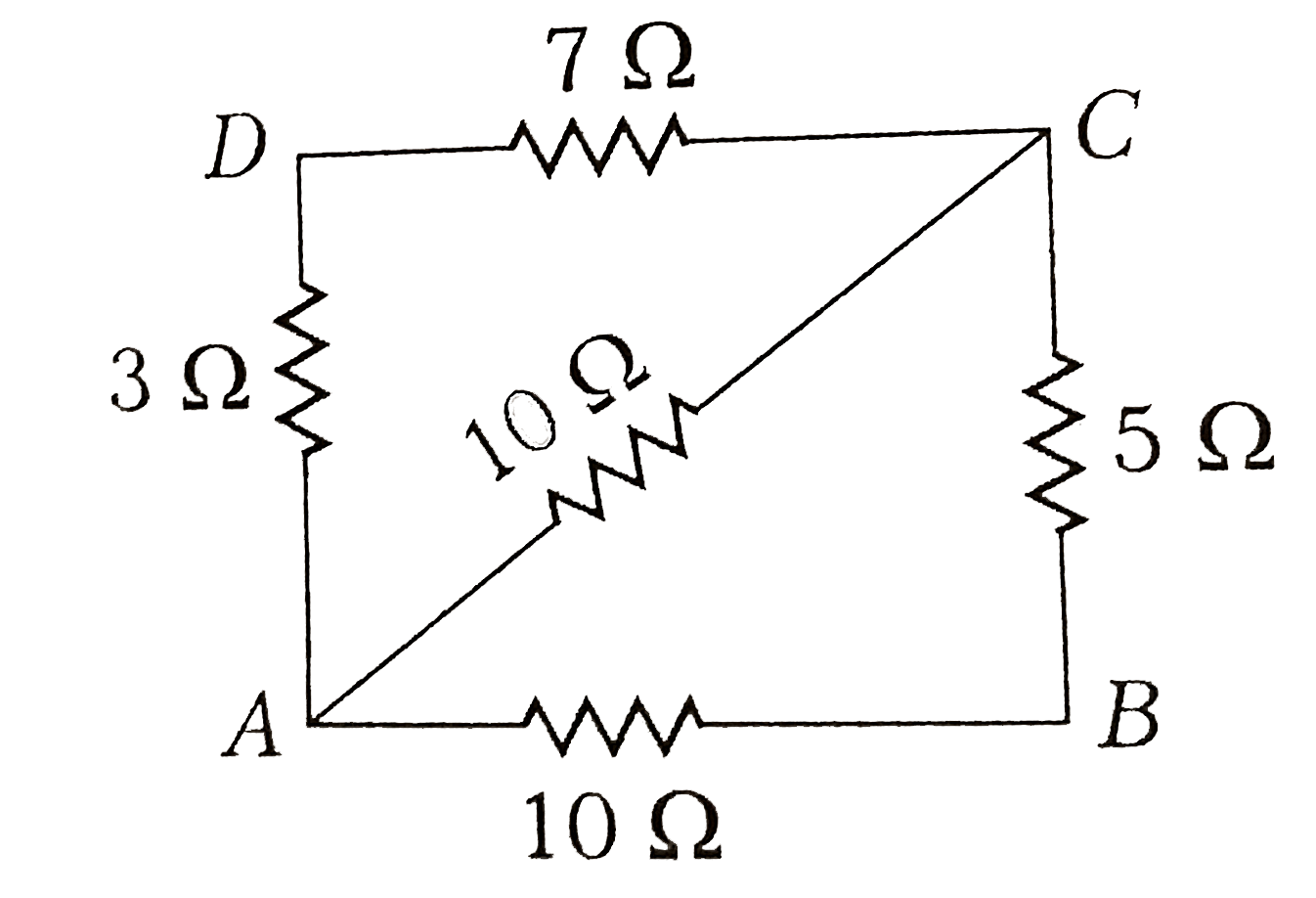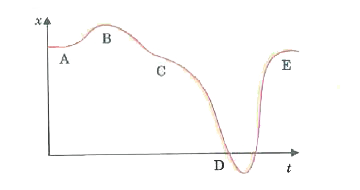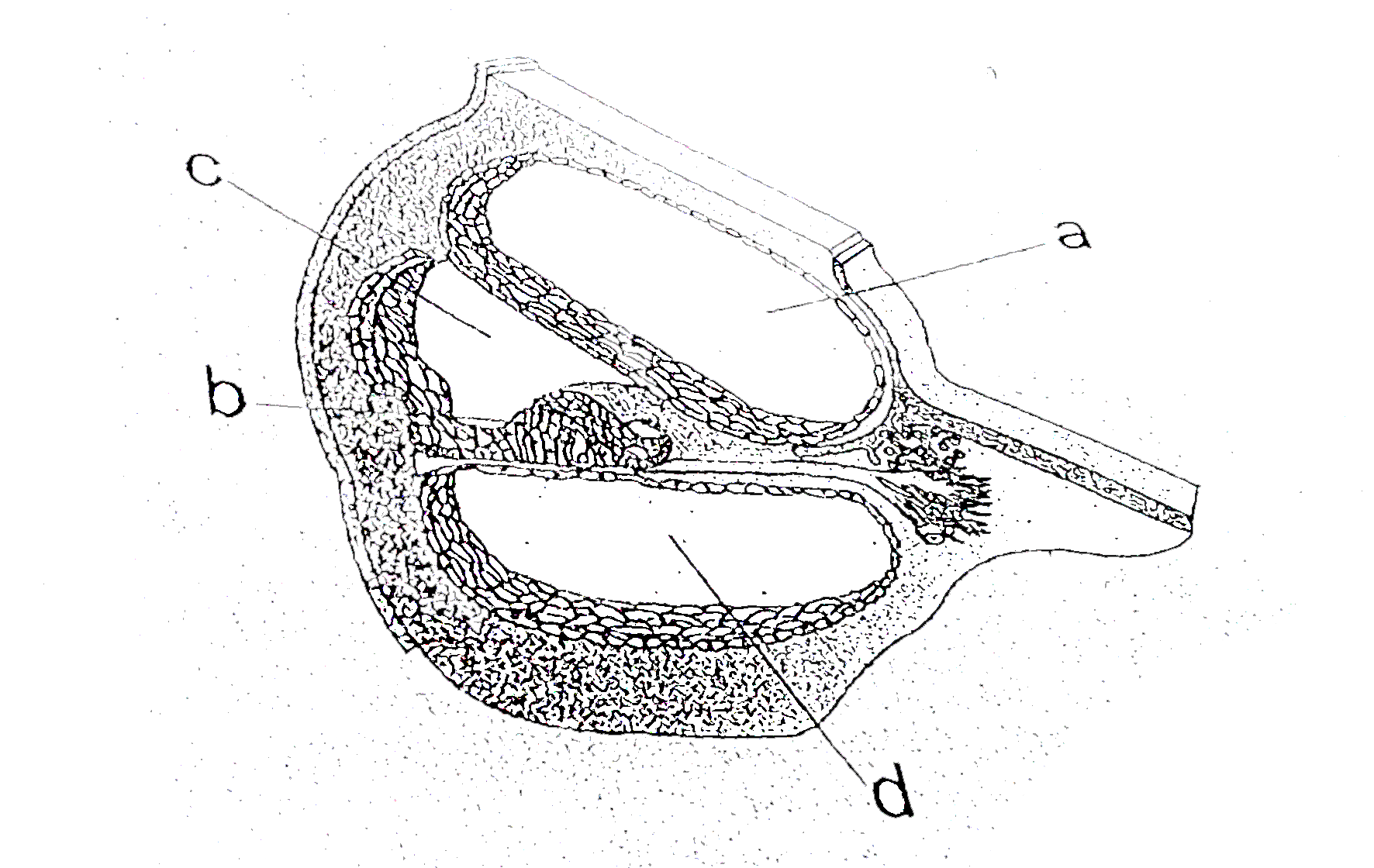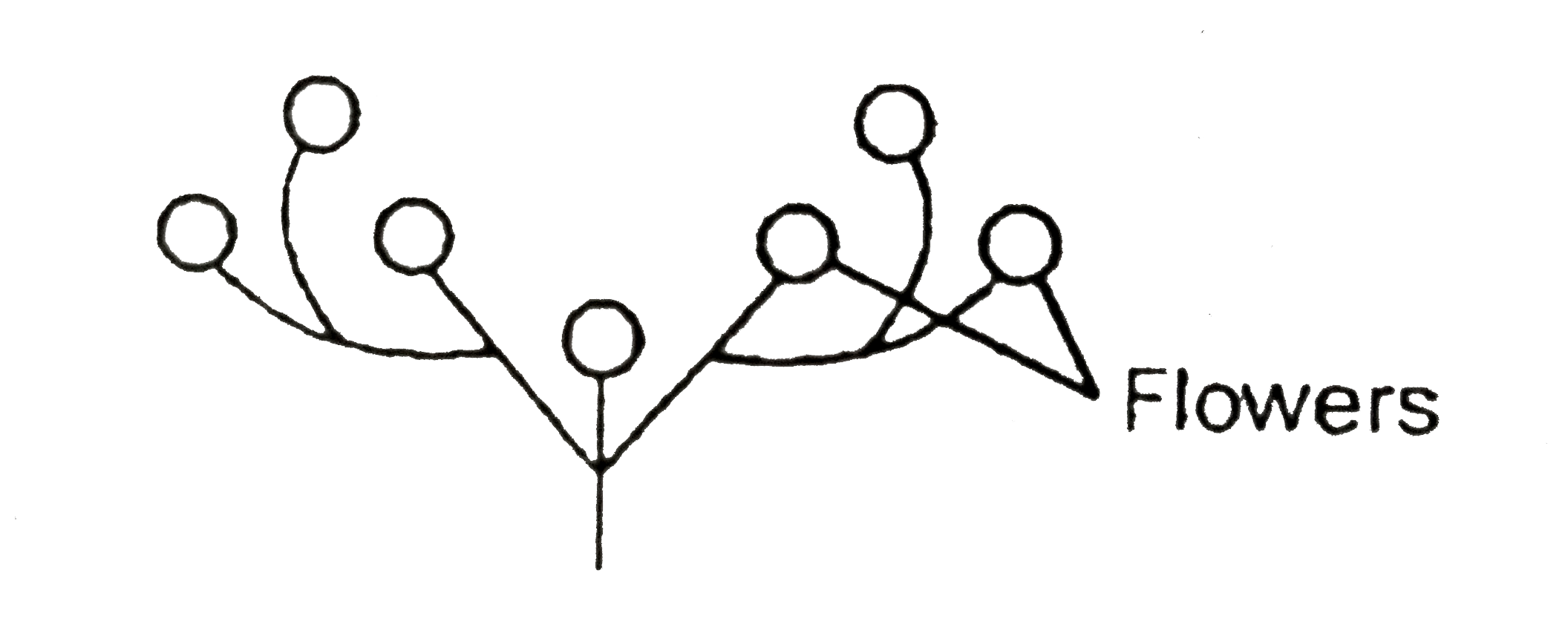(A) bacterial cell is shown in the figure given below,lable the part (A) and
Text Solution
(A)-Plasmid
|
Topper's Solved these Questions
- BIOTECHNOLOGY: PRINCIPLES AND PROCESSES BOOK - CBSE COMPLEMENTARY MATERIALCHAPTER - BIOTECHNOLOGY: PRINCIPLES AND PROCESSES EXERCISE - SA-II
10 Videos
- BIOTECHNOLOGY: PRINCIPLES AND PROCESSES BOOK - CBSE COMPLEMENTARY MATERIALCHAPTER - BIOTECHNOLOGY: PRINCIPLES AND PROCESSES EXERCISE - LA
8 Videos
- BIOTECHNOLOGY: PRINCIPLES AND PROCESSES BOOK - CBSE COMPLEMENTARY MATERIALCHAPTER - BIOTECHNOLOGY: PRINCIPLES AND PROCESSES EXERCISE - LA
8 Videos
- BIOTECHNOLOGY AND ITS APPLICATIONSBOOK - CBSE COMPLEMENTARY MATERIALCHAPTER - BIOTECHNOLOGY AND ITS APPLICATIONSEXERCISE - LA
8 Videos
- ECOSYSTEMBOOK - CBSE COMPLEMENTARY MATERIALCHAPTER - ECOSYSTEMEXERCISE - SA-II
3 Videos
Similar Questions
Knowledge Check
In the figure shown below
 .AIn both Fig a and Fig b the diodes are forward biasedBIn both Fig, a and Fig b the diodes are reverse biasedCIn Fig a the diode is forward biased and in Fig b, the diode is reverse biasedDIn Fig a the diode is reverse biased and in Fig b, it is forward biased
.AIn both Fig a and Fig b the diodes are forward biasedBIn both Fig, a and Fig b the diodes are reverse biasedCIn Fig a the diode is forward biased and in Fig b, the diode is reverse biasedDIn Fig a the diode is reverse biased and in Fig b, it is forward biasedFor the circuit shown in figure given below, the equivalent resistance points A and B is
 A10ΩB5ΩC103ΩD2Ω
A10ΩB5ΩC103ΩD2ΩA graph of x verus t is shown in the figure given below. Choose correct alternatives from below.
 AThe particle was released from rest at t = 0 .BAt B, the acceleration a>0 .CAt C, the velocity and the acceleration vanish .DAverage velocity for the motion between A and D is positive .
AThe particle was released from rest at t = 0 .BAt B, the acceleration a>0 .CAt C, the velocity and the acceleration vanish .DAverage velocity for the motion between A and D is positive .
Are the points P,Q,R shown in the figure given below collinear ?

View SolutionIdentify the parts shown in the figure given below and select the option which says the correct statement.

View SolutionIdentify the parts shown in the figure given below and select the option which says the correct statement.

View SolutionFor the circuit shown in figure given below, the equivalent resistance points A and B is

View SolutionWhich kind of inflorescence is shown in the figure given below?

View Solution
